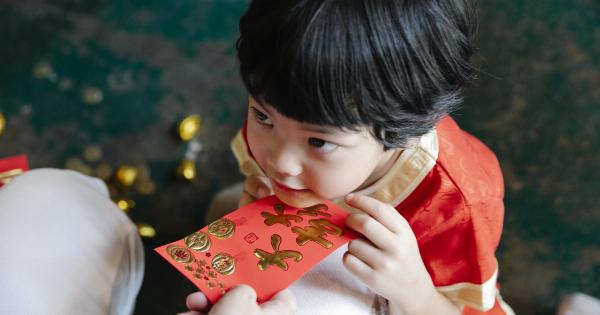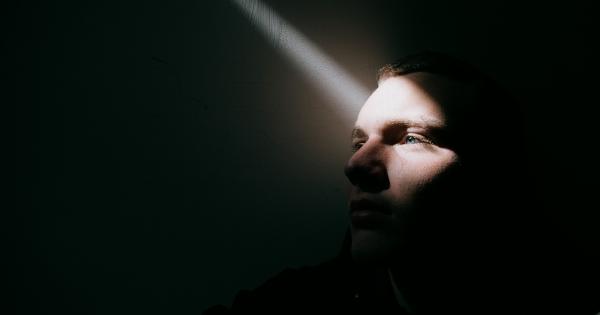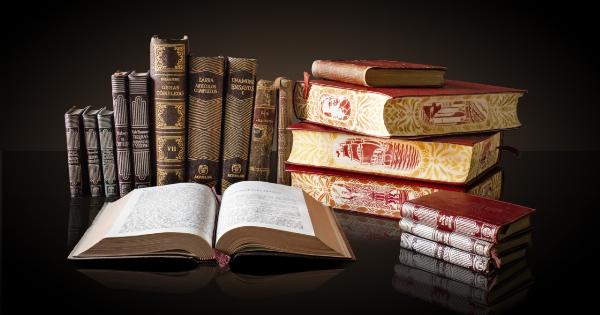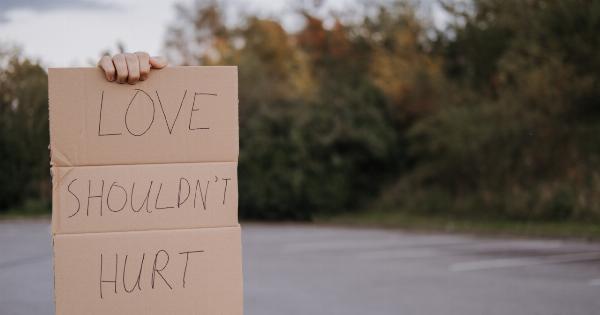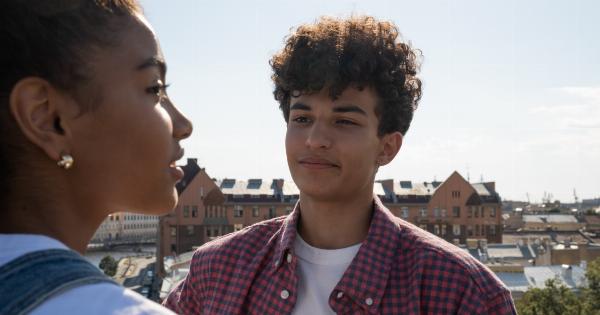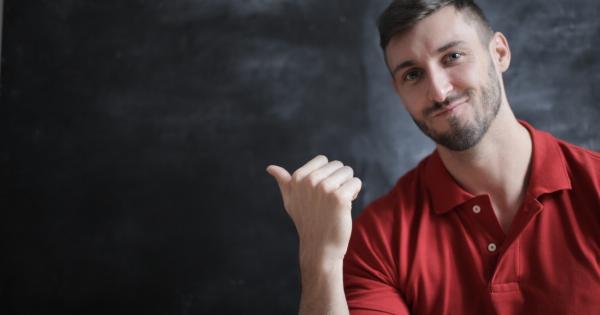In the world of literature, Don Juan is a character known for his charm, wit, and seductive prowess. However, in recent years, there has been a fracture in his image and reputation.
This fracture refers to the shift in how Don Juan is portrayed and the coverage surrounding his character. It is important not to ignore this evolution, as it sheds light on broader societal attitudes towards relationships, consent, and gender dynamics.
In this article, we will delve into Don Juan’s fracture and explore the coverage that shouldn’t be ignored.
1. The Traditional Don Juan
Don Juan has historically been depicted as a womanizer, conquering the hearts of countless women with his smooth talk and irresistible charm.
Writers like Byron and Molière immortalized this character, romanticizing his adventures and making him a symbol of the epitome of masculinity. However, this portrayal has faced increasing criticism in recent times.
2. Rise of the Anti-Hero
As society became more conscious of gender equality and the importance of consent, the traditional image of Don Juan started to face scrutiny.
People began questioning the morality of his actions, considering his conquests as manipulative and non-consensual encounters. This criticism gave rise to the emergence of the anti-hero Don Juan, where his actions were portrayed in a more negative light.
3. Consent and Accountability
The fracture surrounding Don Juan’s character highlights the crucial issue of consent. In the traditional portrayal, Don Juan was seen as a charming seducer, with little regard for the feelings or wishes of the women he pursued.
The transformation towards an anti-hero representation serves as a reminder that consent and accountability should not be ignored in any relationship, fiction or reality.
4. Examining Power Dynamics
Don Juan’s fracture also brings attention to power dynamics within relationships. The traditional portrayal often depicts Don Juan as the one in control, with the women as his conquests.
This perspective perpetuates harmful gender norms and can lead to the objectification and marginalization of women. By examining the power dynamics at play, we shine a light on the importance of equality and respect in romantic relationships.
5. Mediating Don Juan’s Fracture
The coverage surrounding Don Juan’s fracture has sparked intense debates among scholars, writers, and feminists. Many argue for a complete rejection of the character, condemning his actions and the values he represents.
Others advocate for a nuanced approach, suggesting that Don Juan’s fracture can be an opportunity for growth and exploration of important societal issues.
6. Reimagining Don Juan
Some writers and artists have taken it upon themselves to reimagine Don Juan, aiming to subvert the traditional narrative and create a more empathetic character.
These reimagined versions often explore Don Juan’s vulnerabilities, his fear of intimacy, or his longing for connection beyond superficial conquests. By doing so, they challenge societal norms and add depth to the character.
7. Impact on Popular Culture
Don Juan’s fracture has seeped into popular culture, influencing modern adaptations of the character in literature, theater, and film.
Modern representations of Don Juan often highlight the consequences of his actions, providing a cautionary tale for audiences. This shift reinforces the notion that actions have consequences, and consent should always be at the forefront of any romantic relationship.
8. Don Juan and Toxic Masculinity
Don Juan’s traditional image aligns with certain attributes associated with toxic masculinity: arrogance, entitlement, and the objectification of women.
By acknowledging and challenging these toxic traits, Don Juan’s fracture serves as a stepping stone towards dismantling harmful societal norms that perpetuate gender inequality.
9. The Role of Literature and Art
Don Juan’s fracture not only reflects societal changes but also showcases the power of literature and art to shape and challenge established narratives.
It serves as a reminder of the responsibility writers and artists have in portraying characters and relationships in a thoughtful and ethical manner. Literature and art have the potential to influence and guide society towards healthier attitudes and behaviors.
10. Conclusion
Don Juan’s fracture is a testament to the evolving societal attitudes towards relationships, consent, and gender dynamics.
The criticism and reimagining of this literary figure have shed light on important issues such as power dynamics, accountability, and toxic masculinity. It is crucial not to ignore the coverage surrounding Don Juan’s fracture, as it provides an opportunity for growth and reflection in our collective journey towards a more equitable society.



